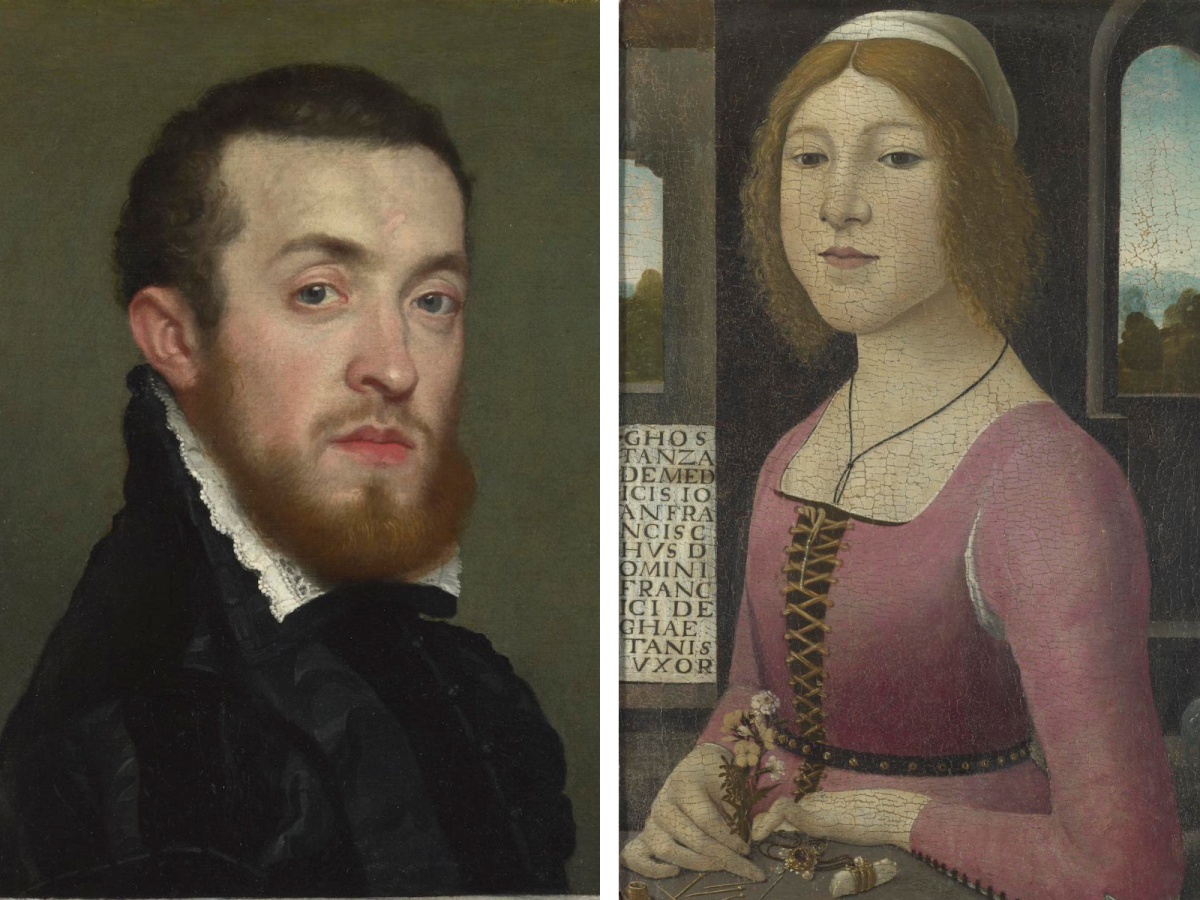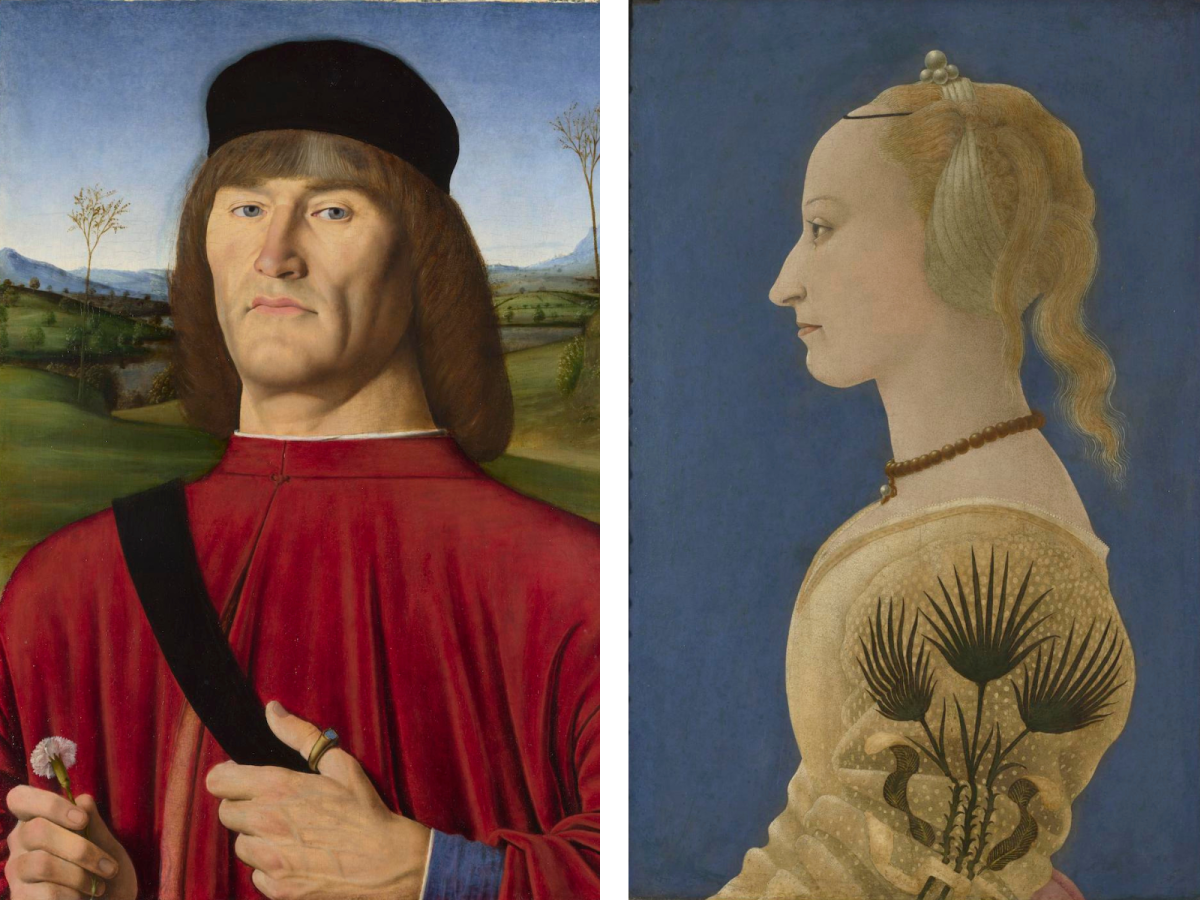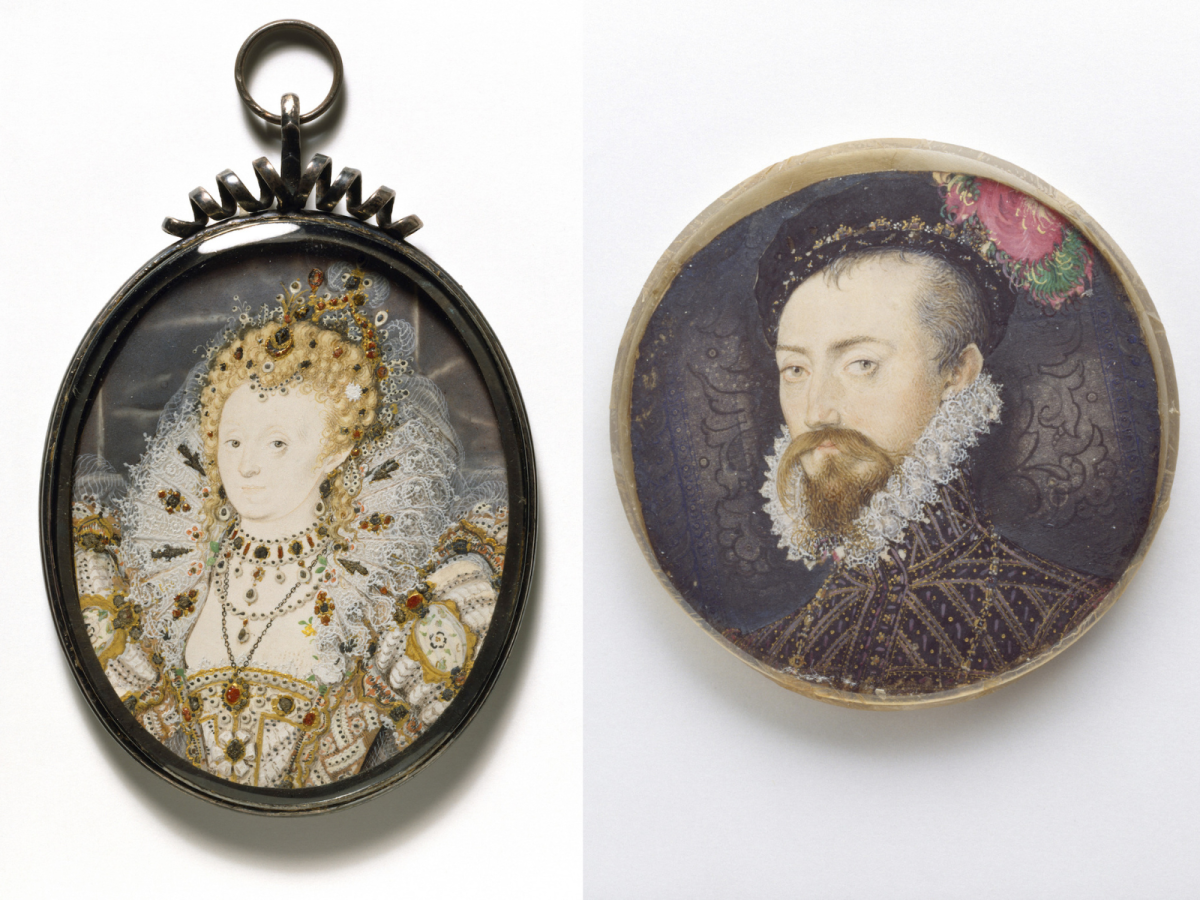This wonderful Cornish workshop and museum is dedicated to the legacy of studio pottery trailblazer Bernard Leach
Were Renaissance portrait paintings the ultimate blind date?
Were Renaissance portrait paintings the ultimate blind date?
7 Jul 2023
 Bust Portrait of a Young Man with an Inscription, c.1560, by Giovani Battista Moroni and Costanza Caetani, c.1489, in the style of Domenico Ghirlandaio. Images: The National Gallery, London
Bust Portrait of a Young Man with an Inscription, c.1560, by Giovani Battista Moroni and Costanza Caetani, c.1489, in the style of Domenico Ghirlandaio. Images: The National Gallery, London
If today’s internet dating, with its focus on images, seems a recent innovation, spare a thought for the marriage and matchmaking portraits of the Renaissance, as seen in Painted Love, the new show at The Holburne Museum in Bath.
The Renaissance was a time when paintings for a potential or new coupling could come with a sting – one laced with politics and power.
We asked Arts Society Lecturer Sarah Dunant, author of Renaissance-era novels, and the exhibition’s curator, Lucy Whitaker, to share key facts about this intriguing genre.
This is what they told us…
 A Man with a Pink, c.1495, by Andrea Solario; Portrait of a Lady in Yellow, c.1465, by Alesso Baldovinetti. Images: The National Gallery, London
A Man with a Pink, c.1495, by Andrea Solario; Portrait of a Lady in Yellow, c.1465, by Alesso Baldovinetti. Images: The National Gallery, London
While love might be the natural currency of poets and writers, says Sarah Dunant, in the flourishing economies that marked out Europe during the 15th and 16th centuries, marriage for any aspiring family was first and foremost a business.
As well as the necessary trial of getting rid of a daughter (the price of dowries was rising fast) it involved a hard-headed contract between the two parties, designed to reflect and increase the status and wealth of both. And, since every business merger demands a record for posterity, after the guests had left the banquet came the wedding portrait.
Only the best would do. The greater the union the more money was splashed out. In 1444, in the small Italian state of Ferrara, Marquess Leonello d’Este married Maria, daughter of Alphonso of Aragon, King of Naples, and commissioned the outstanding artist Pisanello to produce an exquisitely modelled medal to commemorate the event. Elsewhere, royal marriages regularly put bride and groom on opposite sides of specially cast medals or minted coins; another perfect union of marriage and money.
Sometimes the bridegroom might commission his future bride’s portrait; witness the luminous profile by Alesso Baldovinetti in his Portrait of a Lady in Yellow (c.1465, above). It shows a young woman resplendent in the latest fashions, including a suitably elaborate hairstyle – a reminder that when it comes to marriage, hairdressers are in demand whatever the era.
Curators in this field have to be detectives as much as art experts, reading every detail of a painting to glean its story. Examine, for instance, Andrea Solario’s portrait of a strong-faced young Italian man (above). The clue here is the tiny pink carnation he is holding, a symbol of married status (though the prominent ring on his wedding finger helps too).
We may never know his name, but we know for sure that he didn’t stay single.

Elizabeth I, c.1595–1600 and Robert Dudley, Earl of Leicester, 1571–74, by Nicholas Hilliard. Images: © Victoria and Albert Museum, London
Lucy Whitaker, curator of Painted Love, on regal curses, courtly love and the true meaning of wedding feasts
• Were royal marriages the ultimate blind date? The bride or groom often relied on a portrait for knowledge of the appearance of a potential spouse. Philip II cursed the painters when he first beheld Mary I. The elite of Europe, together with the lowest in society, had the least control over who they were to marry.
• Traditionally men stood to the right of women, offering their left arm, leaving the right free to protect with his sword. In marriage portraiture the husband is therefore painted on the left and the wife on the right. If the woman is queen and has a consort, she takes the position to the right.
• Portraiture reflected the culture of courtly love at the Elizabethan court. In 1765 Queen Elizabeth I’s favourite, RobertDudley (see both, above, painted by Hilliard), and his political opponent, Thomas Howard, came to blows after tennis because Dudley snatched the Queen’s handkerchief from her hand and wiped his face, which Howard found overfamiliar. The portraits of the two in the show seem to foreshadow this incident, since in nearly identical compositions both men finger handkerchiefs in their purses.
• Before 1563 marriage was a social rather than religious affair. Weddings were celebrated in style as an opportunity for entertainment and display and because publicity was vital. Wedding feasts were proof that a marriage had taken place. Testimony that people had seen the wedding procession, not a document from a church, was often supplied when proof of a marriage’s legitimacy was required.
SEE
Painted Love: Renaissance Marriage Portraits
Until 1 October
The Holburne Museum, Bath; holburne.org
Find out more!
For our full feature, see the summer issue of The Arts Society Magazine, out now and available exclusively to members and supporters of The Arts Society (to join, see theartssociety.org/member-benefits).
About the Author
Sarah Dunant and Lucy Whitaker
Sarah Dunant is an author, broadcaster, critic and Arts Society Accredited Lecturer; Lucy Whitaker is the curator of Painted Love at The Holburne Museum, Bath
JOIN OUR MAILING LIST
Become an instant expert!
Find out more about the arts by becoming a Supporter of The Arts Society.
For just £20 a year you will receive invitations to exclusive member events and courses, special offers and concessions, our regular newsletter and our beautiful arts magazine, full of news, views, events and artist profiles.
FIND YOUR NEAREST SOCIETY
MORE FEATURES
Ever wanted to write a crime novel? As Britain’s annual crime writing festival opens, we uncover some top leads
It’s just 10 days until the Summer Olympic Games open in Paris. To mark the moment, Simon Inglis reveals how art and design play a key part in this, the world’s most spectacular multi-sport competition



